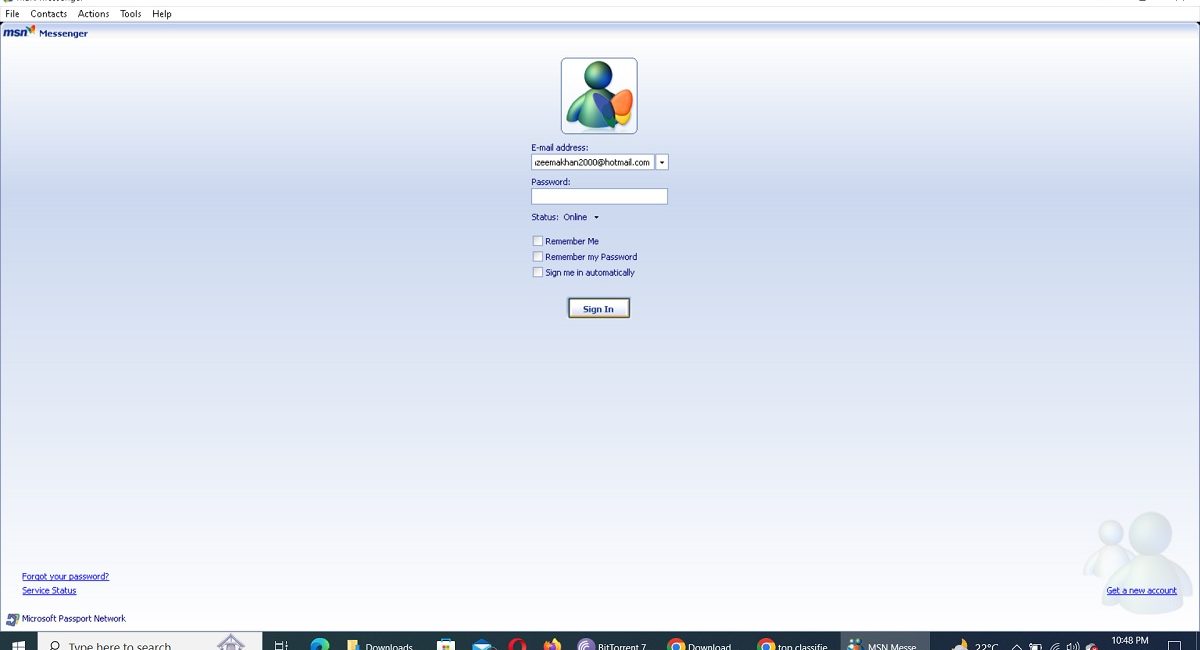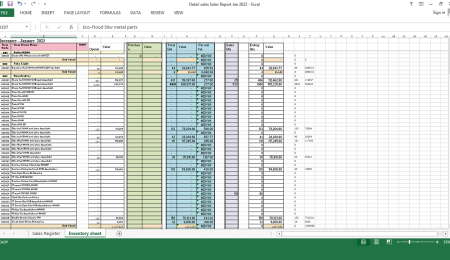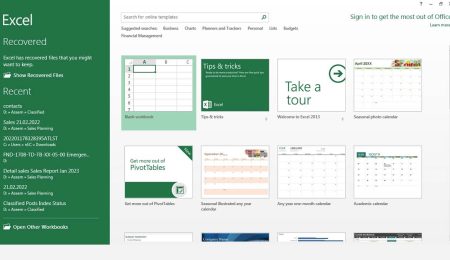MSN Messenger: The Iconic Instant Messaging Platform
MSN Messenger was an iconic instant messaging (IM) platform that gained massive popularity in the early 2000s. The platform allowed users to connect with friends, family, and colleagues in real-time through text, voice, and video communication. MSNMessenger has since been discontinued, but its impact on the world of communication is undeniable. In this article, we’ll explore the history of MSN Messenger, its features, and its impact. We’ll also look at why it was discontinued and provide some FAQs.
History of MSN Messenger
MSN Messenger, originally known as MSNMessenger Service, was first introduced in 1999 as part of the Microsoft Windows operating system. It was designed to be a direct competitor to AOL’s Instant Messenger (AIM) and was bundled with the Windows operating system as a default application.
Over the years, MSN Messenger evolved and added new features, including webcam support, emoticons, and custom status messages. The platform gained a massive following, and by 2009, it had over 330 million active users worldwide.
Features of MSN Messenger
MSNMessenger was packed with features that made it a favorite among users. Here are some of the key features of MSNMessenger:
- Instant Messaging: MSNMessenger allowed users to send instant messages to other users in real-time.
- Voice and Video Calls: MSNMessenger introduced voice and video calling features, which allowed users to make free calls to other users worldwide.
- Emoticons: The platform offered a vast selection of emoticons, which allowed users to express their emotions during conversations.
- Customizable Status Messages: MSNMessenger users could customize their status messages to let others know what they were doing or feeling.
- Webcam Support: MSNMessenger also supported webcam functionality, allowing users to video chat with friends and family.
Impact of MSN Messenger
MSN Messenger had a significant impact on the way people communicated with each other. It helped people stay connected, regardless of their location, and allowed them to communicate in real-time. The platform also revolutionized the way people expressed themselves online through the use of emoticons, custom status messages, and webcam chats.
Discontinuation of MSN Messenger
In 2013, Microsoft announced that it would be discontinuing MSN Messenger and replacing it with Skype. The move was part of Microsoft’s strategy to streamline its communication services and focus on a single platform. Despite its loyal following, MSNMessenger was eventually retired on October 31, 2014.
Conclusion
In conclusion, MSN Messenger was a game-changer in the world of instant messaging. It revolutionized the way people communicated and interacted with each other online. Its various features such as emoticons, winks, and nudges added a fun element to conversations and made them more expressive. It was also one of the first instant messaging platforms to introduce voice and video chat, paving the way for more advanced communication technologies.
Despite being discontinued in 2014, MSN Messenger’s impact on the internet and online communication is still felt today. Many of its features and innovations have been incorporated into modern messaging platforms, making them more dynamic and user-friendly. It’s safe to say that MSN Messenger played a significant role in shaping the way we communicate and connect with each other online.
Overall, MSN Messenger will always be remembered as an iconic instant messaging platform that brought people closer together and provided a fun and engaging way to stay connected with loved ones.
Reasons Behind Closure of MSN Messenger
MSN Messenger, one of the most popular instant messaging services, was discontinued by Microsoft in 2014. The news of its closure came as a shock to its users who had grown accustomed to using the platform for chatting and video calls. In this article, we will delve into the reasons behind the closure of MSN Messenger and what led Microsoft to make this decision.
Introduction
MSN Messenger, launched in 1999, was Microsoft’s response to the increasing popularity of instant messaging services. Over the years, it became a household name and a preferred choice for millions of users worldwide. However, on March 15, 2013, Microsoft announced that it would be shutting down MSNMessenger and replacing it with Skype. The final nail in the coffin was struck on October 31, 2014, when MSNMessenger was officially discontinued.
Rise of Competitors
One of the primary reasons behind the closure of MSNMessenger was the rise of competitors. Other instant messaging services such as WhatsApp, Facebook Messenger, and WeChat had gained immense popularity among users. These services were more versatile and had features such as voice and video calls that MSNMessenger lacked. As a result, Microsoft started losing its user base, and it became increasingly difficult for the company to maintain and update the platform.
Security Issues
Another significant factor that led to the closure of MSN Messenger was security issues. The platform was prone to cyber attacks, and there were numerous instances of user accounts being hacked. The lack of robust security protocols made MSN Messenger vulnerable to malware and spyware. As a result, many users started losing trust in the platform, and the company’s reputation suffered.
Integration with Skype
In 2011, Microsoft acquired Skype, an internet-based communication service. Microsoft had plans to integrate Skype with its other services, including MSNMessenger. The integration process took time, and during this period, Microsoft continued to operate both platforms. However, with the integration complete, Microsoft decided to discontinue MSNMessenger and focus on Skype. The decision to switch to Skype was based on the belief that it was a more modern and versatile platform that could cater to the changing needs of users.
Declining Revenues
MSN Messenger was a free platform that relied on advertising to generate revenue. However, with the rise of ad-blockers, Microsoft’s revenues started declining. The company found it increasingly difficult to monetize the platform and sustain its operations. The decision to discontinue MSN Messenger was also influenced by the need to focus on more profitable ventures.
Obsolete Technology
MSN Messenger was built on outdated technology that had become obsolete over time. The platform lacked the flexibility and scalability that modern messaging services offered. It was difficult for Microsoft to keep up with the latest trends and provide a seamless experience to users. As a result, the company decided to shut down MSNMessenger and move on to more advanced technologies.
User Migration
Another reason behind the closure of MSN Messenger was user migration. With the rise of smartphones and mobile devices, users started shifting towards mobile-friendly messaging services. MSN Messenger was primarily a desktop-based platform, and it failed to provide a seamless experience on mobile devices. As a result, many users started migrating to other platforms that offered better mobile support.
Customer Feedback
Microsoft conducted extensive surveys and collected customer feedback before deciding to discontinue MSN Messenger. The feedback revealed that users were increasingly using Skype and other messaging services for communication.
FAQs
Q1. Can I still use MSNMessenger? A1. No, MSNMessenger was discontinued in 2014, and the service is no longer available.
Q2. Why was MSNMessenger discontinued? A2. Microsoft discontinued MSNMessenger to focus on Skype, its primary communication platform.
Q3. Can I still access my MSNMessenger chat history? A3. No, you cannot access your MSNMessenger chat history as the service has been discontinued.
Q4. Can I transfer my MSNMessenger contacts to Skype? A4. Yes, you can transfer your MSNMessenger contacts to Skype using the built-in contact transfer tool.
Q5. What was the maximum number of users MSNMessenger could support? A5. MSNMessenger could support up to 330 million active users worldwide.




Leave a Comment